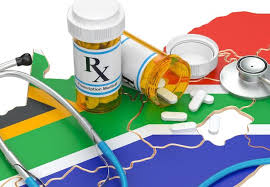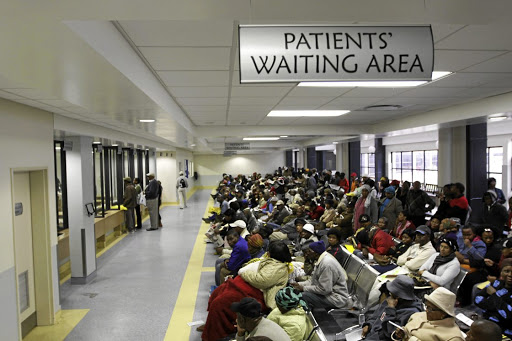
South Africa is the southernmost country in Africa. It has a population of over 59 million people. It is also a popular tourist destination. South Africa during the apartheid era had a healthcare system that was divided along racial lines and now has a two-tiered system that is divided along socioeconomic lines. South Africa’s Constitution guarantees every citizen access to health services. It has a large, underfunded public system and a small private system. Its healthcare system is the highest ranking in Africa. Despite this, it has lower life expectancies and higher mortality rates than the global averages and of similarly developed countries. The healthcare system is buckling under the strain of HIV and TB epidemics, high maternal and infant mortality rates and non-communicable diseases.
Government funded healthcare is offered to all citizens of South Africa for free. Around 84% of people get their healthcare through the public system. Public health services are divided into primary, secondary and tertiary facilities and hospitals. The primary level is mainly general practitioners, midwives, community health workers, pediatrics and some general surgery. The secondary level is differentiated by function and has multiple specialties. It also usually requires a referral. The tertiary level has highly specialized areas and equipment. Patients are usually transferred to them when the lower levels can’t provide adequate care. Those who can afford to opt for private insurance, around 16%, and choose to seek care at private facilities. There are more than 400 public hospitals and more than 200 private hospitals. The provincial health departments manage the larger regional hospitals directly. Smaller hospitals and primary care clinics are managed at district level.

The public sector in South Africa uses a Uniform Patient Fee Schedule as a guide to billing for services. It groups patients into three categories defined in general terms. It also includes a classification system for placing all patients into either one of these categories depending on the situation. The three categories include full paying patients, fully subsidized patients and partially subsidized patients. Fees are typically due upfront. Funding for public healthcare currently comes from government spending through taxation and point-of-care spending from those using services. Public healthcare in South Africa is subsidized up to 40% of total costs. Charges are based on your income and number of children. Despite being smaller than the public healthcare sector, private healthcare in South Africa accounts for around half of annual expenditure. Whereas public services are heavily subsidized by the government.
There are severe quality issues with the public healthcare system. Hospitals and clinics tend to be overcrowded and have long wait times with sometimes patients not being seen at all. The quality of care is very poor in comparison to the private system. The facilities and equipment are often old and lacking in proper resources. There is a shortage of doctors and other healthcare workers with most choosing to go into the private sector. There’s also been an increase in malpractice claims, usually involving childbirth. These are some of the reasons that those who can afford it choose to pay for private care. There is currently a plan to introduce a National Health Insurance sometime in the next decade. Some have criticized this plan as being unfeasible saying that it is not affordable and that it is currently unable to cope with the current public healthcare. However, the government in South Africa is still hoping to provide quality healthcare to all.
